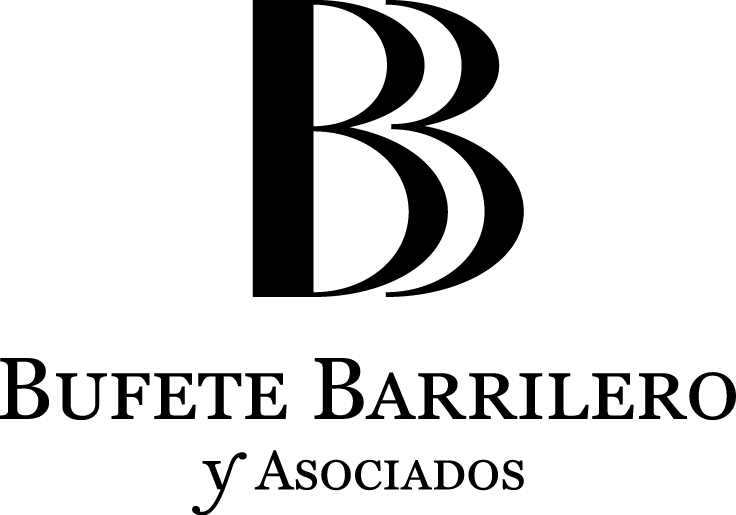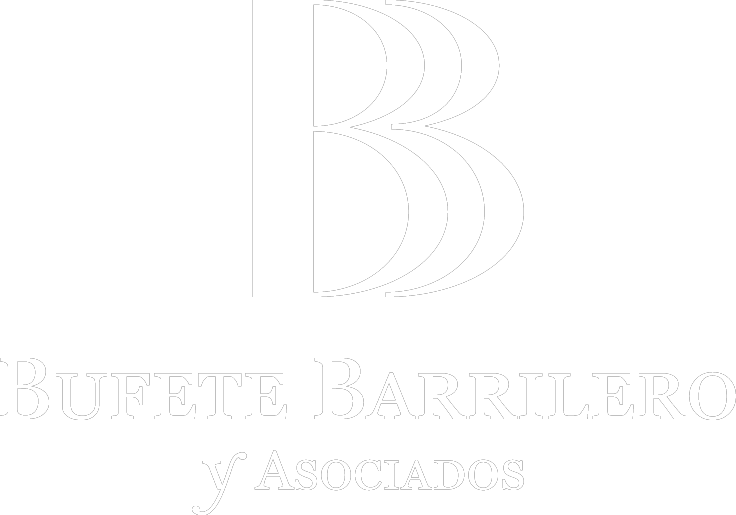TAX LAW
Jerzy Merchán Ortiz
Approximately two years ago, in clear favor of the principles of legal security and legitimate trust, the Supreme Court dealt a significant blow to the customary administrative practices in procedures involving the attribution of joint tax liability. The Court ruled that actions taken with regard to the primary debtor did not affect the interruption of the statute of limitations for the still-undetermined jointly liable party.
As a result, the position previously upheld by various Tax Administrations (regional and state), which claimed that “actions that interrupt the statute of limitations for the primary debtor also interrupt the statute of limitations for the still-undetermined jointly liable party,” was invalidated. Consequently, numerous procedures for establishing joint liability were annulled, as the right of the administration to declare such liability had expired.
In close connection with the above, but in the context of subsidiary liability, the Central Economic-Administrative Court (TEAC), in its ruling dated September 18, 2024 (RG 7050/2021), has also set limits on another questionable practice by Tax Administrations. This practice involves administrative maneuvering with the declaration of insolvency of the primary debtor.
Indeed, the various General Tax Laws of the Historical Territories, the Foral Community of Navarre, and the General Tax Law stipulate the following regarding the declaration of a subsidiary tax liability:
“For subsidiary liability, the statute of limitations begins to run from the notification of the last collection action taken against the primary debtor or any jointly liable party.”
In this regard, it is reasonable to expect that the last collection action taken against the primary debtor coincides with the declaration of insolvency. Consistently with the actio nata principle, the start date (dies a quo) for the four-year limitation period for declaring subsidiary tax liability is typically the date of this declaration.
Aware of this, and leveraging the broad discretionary powers granted by law, the Tax Administration often delayed issuing the declaration of insolvency, even when fully aware of the primary debtor’s insolvent state.
A glaring example of this practice was observed in procedures for attributing subsidiary liability—commonly to administrators—following bankruptcy proceedings. In such cases, it was not uncommon for several months or even years to elapse between the court order concluding the bankruptcy (typically due to a lack of assets) and the declaration of insolvency, complicating the peaceful application of the statute of limitations.
In response, the TEAC, in the aforementioned resolution, formally questioned this dubious administrative behavior and ruled as follows:
*”In this case, the primary debtor, XZ SA, was declared bankrupt in 2013, with the liquidation phase initiated by court order dated 01/06/2015. The bankruptcy concluded by court order dated 21/01/2019, which determined that there were no remaining assets and declared the company dissolved.
Given the circumstances of this case, after the court order concluding the bankruptcy, it was evident that there were no assets remaining in the bankrupt entity. This Court considers that the start date (dies a quo) for imposing the payment obligation on the subsidiary liable party is not the date when the administration issued the declaration of insolvency (27/10/2020). Instead, the administration should have immediately declared the company insolvent after the court order concluding the bankruptcy and then pursued action against the potential subsidiary liable party.”*
In conclusion, this represents another correction to Tax Administration practices in favor of taxpayers and the principles of legitimate trust and legal certainty. This time, it was achieved through a TEAC resolution that also standardizes criteria, consistent with another ruling issued by the same body on April 15, 2024 (RG 5857/2021).


